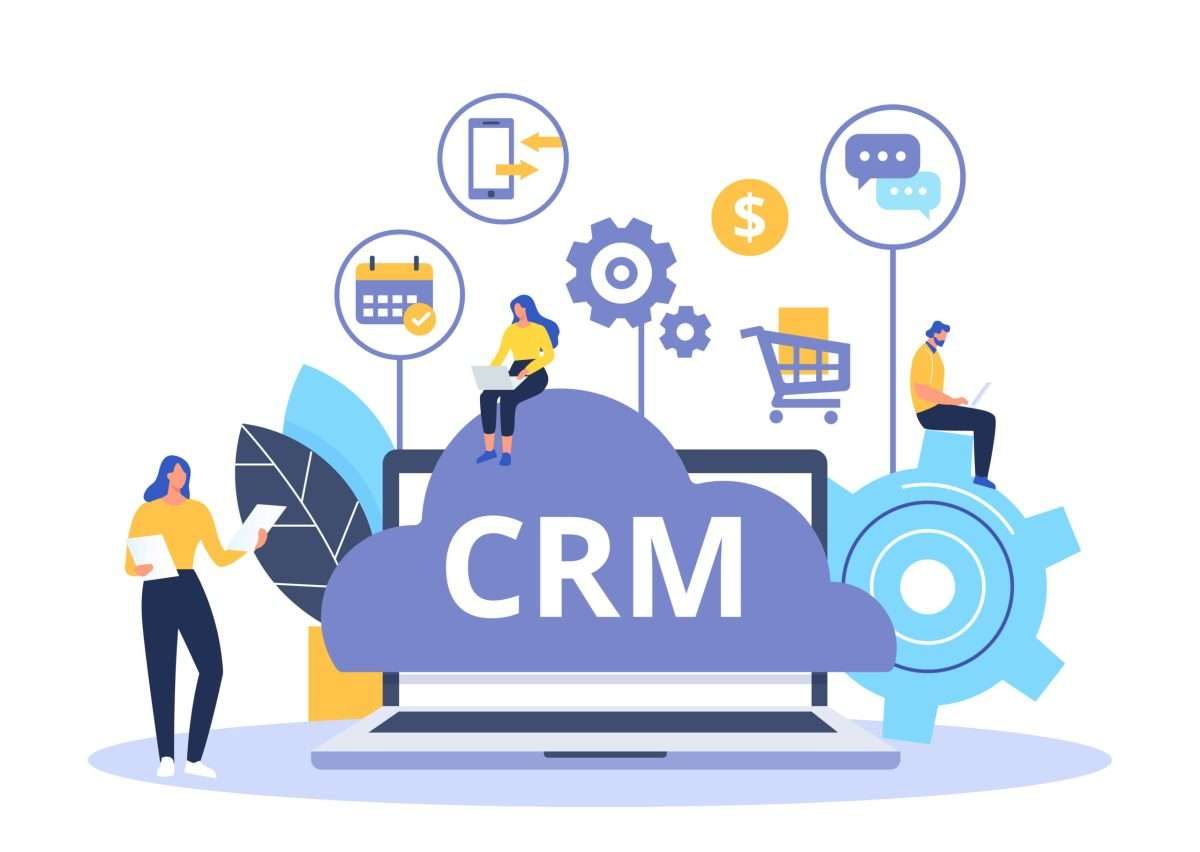A well-designed CRM system is essential for agency growth, streamlining operations and strengthening client relationships. In October 2024, these 10 CRM design strategies will help agencies maximize effectiveness.
1. Understanding the Role of CRM in Agency Growth
A CRM system’s design is fundamental to how an agency manages client relationships and improves efficiency. Click here The right design helps align the CRM’s functionality with the agency's growth objectives by enhancing client communication, data management, and project tracking. Agencies benefit from a CRM that seamlessly integrates with their workflow, reducing friction and enabling a smoother client experience.
2. Prioritizing User-Centric Design
User-centric CRM design is about creating interfaces that are easy for staff to navigate, reducing the time spent learning the system. Intuitive navigation, clear labeling, and accessible data fields ensure all team members can quickly access the information they need. This approach helps agencies focus on client needs rather than struggling with complex tools, fostering a positive experience both internally and for clients.
3. Implementing Customization Options
A CRM system must be adaptable to the unique workflows and processes within an agency. Customization options such as personalized dashboards, task prioritization, and custom workflows allow agencies to tailor the CRM to their specific needs. This flexibility enables teams to work efficiently, as they can configure the CRM to support their exact requirements rather than conforming to a one-size-fits-all model.
4. Integrating Automation Features
Automation in CRM design streamlines repetitive tasks such as data entry, follow-ups, and task reminders. By implementing automation, agencies can free up team members to focus on higher-value tasks that enhance client service. Click here Automated workflows and reminders ensure that nothing falls through the cracks, keeping client interactions consistent and well-managed.
5. Ensuring Mobile Accessibility
Mobile accessibility is essential in today’s on-the-go environment, allowing team members to access client information and manage tasks from any device. A mobile-friendly CRM design provides a seamless experience on smartphones and tablets, enabling teams to stay productive regardless of their location. This capability supports a responsive and flexible approach to client management, which is especially valuable for agencies with remote teams.
6. Leveraging Data Visualization Tools
Data visualization helps agencies interpret complex client information, making it easier to identify trends, track performance, and make data-driven decisions. Visual dashboards and analytics within the CRM system provide teams with quick insights into client metrics, helping them tailor strategies based on real-time data. This visual approach enhances decision-making and keeps teams aligned with client goals.
7. Streamlining Client Communication
Effective CRM design centralizes all client interactions, making it easy to track conversations, emails, and meetings. Click here A streamlined communication approach enables teams to access all relevant client data in one place, improving response times and ensuring that nothing gets overlooked. By consolidating communication, agencies can maintain strong client relationships and demonstrate their commitment to customer care.
8. Incorporating AI and Machine Learning
AI-driven insights can significantly enhance CRM functionality by predicting client needs, identifying potential issues, and suggesting relevant actions. Machine learning can further improve CRM design by personalizing client interactions based on past behaviors and preferences. Integrating these technologies helps agencies better anticipate and meet client demands, boosting overall service quality.
9. Securing Data Privacy and Compliance
Agencies handle a significant amount of sensitive client information, making data security a top priority in CRM design. Ensuring compliance with data privacy regulations, such as GDPR, is essential to maintaining client trust. Agencies benefit from CRM systems with built-in security features like encryption, access controls, and compliance monitoring to protect client data and avoid legal risks.
10. Continuous User Feedback and Updates
Designing a CRM system is an ongoing process that should evolve based on user feedback. Click here Regular updates and improvements based on team input ensure that the CRM remains effective and meets changing needs. Gathering feedback allows agencies to address pain points, implement useful features, and enhance the user experience, ensuring that the CRM continues to support agency goals.


